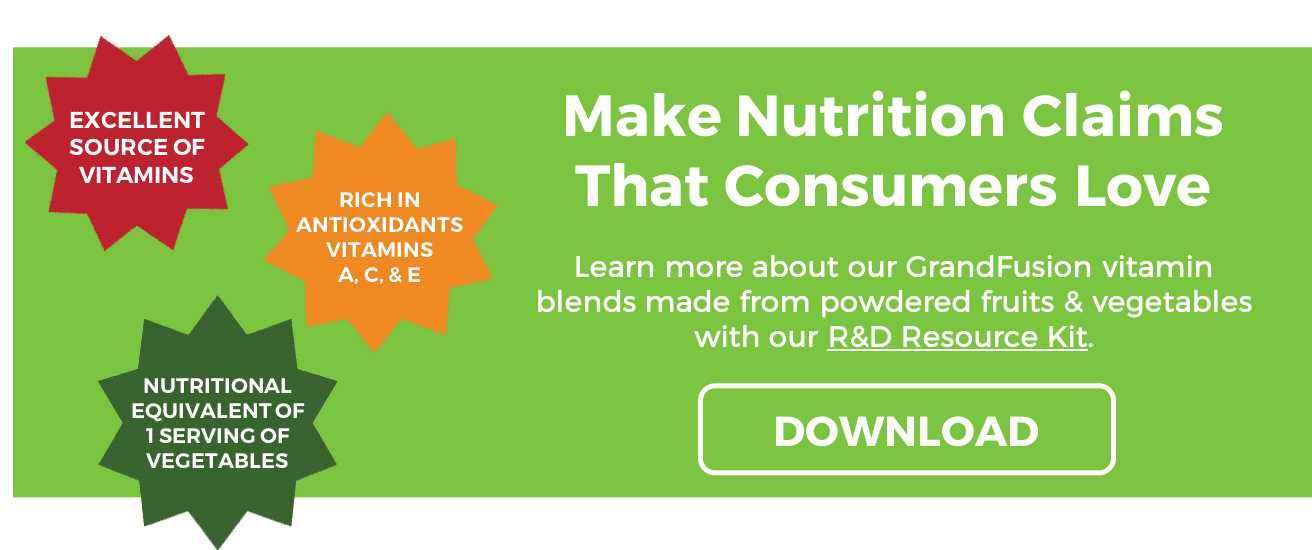Sales of Plant-Based Meat and Dairy Alternatives Rise 20%
The plant-based food industry is no longer a niche. With many people shifting to this lifestyle, it has moved into the mainstream food culture. The meat and dairy producers are fighting back at all cost. Senator Tammy Baldwin of Wisconsin introduced the Dairy Pride Act that reserved the word “milk” to products precisely for lactating animal sources. However, the Food and Drugs Administration (FDA) is hands-off with this matter as the consumers are not confused with the term milk especially those made from plant sources. The agency reasoned that the terms are used to help consumers and not to protect selected industries against their competitors.
More Companies Jumping on the Bandwagon
And so instead of fighting against the plant-based food industry, some companies are trying to find out how to use this trend to their advantage. A study from HealthFocus International revealed that 17% of the consumers in the country aged between 15 and 70 years old claim to eat a plant-based diet while 60% are cutting back on dairy and milk products.
With this information, food manufacturing giants are transforming some of their products to meet the demands of the emerging number of plant-based dieters in the country. For example, the company Tyson Foods took a 5% stake in Beyond Meat two years ago. It is interesting to take note that Tyson Foods, one of the largest meat companies, invested in a plant-based company. The plant-based food industry has also added new rosters of companies that are dedicated to making exclusively plant-based food items. These include Beyond Meat and Impossible Burger that have made plant-based proteins more palatable to vegetarians, vegans, and carnivores alike. As such, the plant-based food industry is estimated to hit 5.2 billion within the next two years, and products from these companies are now found in more than 10,000 groceries nationwide.
The growth of the plant-based food industry is also the driver for the expansion of such companies. For instance, Beyond Meat announced that it was opening a new research and development center that will work together in discovering and developing plant-based meats for everyone to enjoy. This will boost the sales of plant-based meat alternatives that are experiencing a jump in its total sales from 6% to 24% from the previous years.
Dairy Alternatives Continue to Soar in Sales Growth
While the plant-based meats are soaring high this year, the sale of plant-based diary makes up a meager portion of the pie. Data shows that only 13% of “milk” sales come from non-dairy sources. Although small, it is projected to rise in the next few years as consumers continue to look for healthier alternatives and cleaner sources. And the prospect is very much definite as companies like Campbell’s are now selling protein milk sourced from peas. There is also a growth in the sales of plant-based creamers at 131% while plant-based cheese is at 43% while the sales of cow’s milk dropped to 6% last year.
Inspired by www.fooddive.com

 With SmartLabel, shoppers have access to a host of information about the product they’re buying with a touch of their fingertips. It contains far more information than the usual on-package label can ever hold. Information can include product ingredients,
With SmartLabel, shoppers have access to a host of information about the product they’re buying with a touch of their fingertips. It contains far more information than the usual on-package label can ever hold. Information can include product ingredients, 

